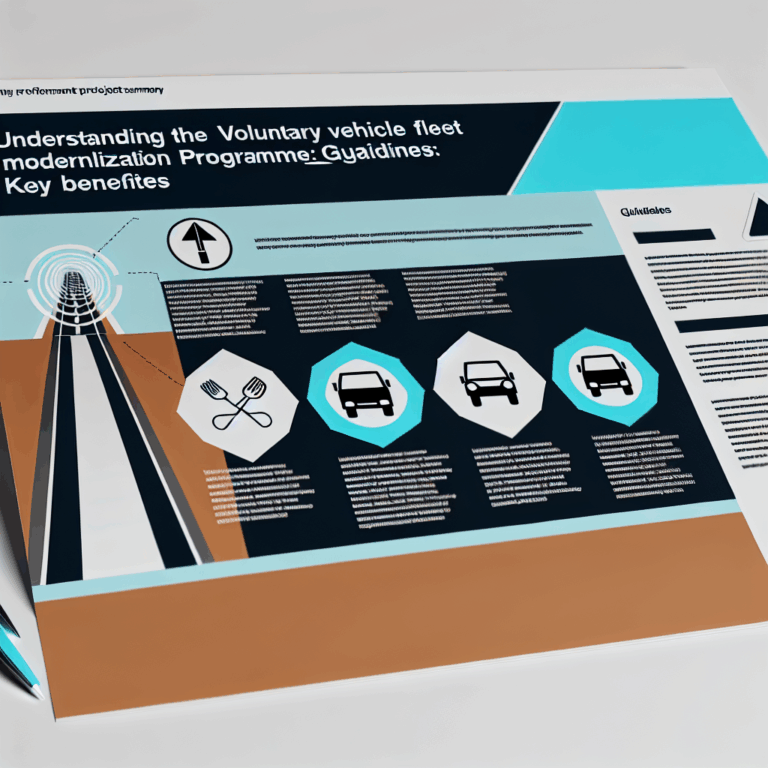Copyright @ 2023 www.digimitr.com. All rights reserved.

Unlocking Potential: An In-Depth Look at Miscellaneous Schemes Under the Make in India Initiative
Learn about the key aspects of the government scheme titled “Unlocking Potential: An In-Depth Look at Miscellaneous Schemes Under the Make in India Initiative”. This program is overseen by the relevant ministry and focuses on providing benefits to eligible beneficiaries.
Here is a comprehensive overview:
The Make in India initiative, launched in September 2014, is a significant national program aimed at fostering innovation, enhancing skill development, and promoting manufacturing in various sectors across India. This ambitious initiative not only seeks to attract foreign investment but also aims to empower Indian entrepreneurs and aspiring businesses to tap into their full potential. Within this framework lies a myriad of miscellaneous schemes designed to cater to diverse needs and sectors, providing opportunities for growth, innovation, and sustainable development.
Eligibility Criteria
To qualify for miscellaneous schemes under the Make in India initiative, applicants typically need to meet certain eligibility standards. Generally, the schemes are open to small and medium enterprises (SMEs), start-ups, and established businesses that are engaged in manufacturing or service sectors. Specific criteria can vary depending on the individual scheme but often include parameters such as the size of the enterprise, the nature of business operations, and the intended use of funds.
Key Features and Benefits
The miscellaneous schemes under the Make in India initiative provide a range of features designed to unlock potential and spur growth. Some key aspects include:
- Financial Assistance: Various schemes offer grants and subsidies, enabling businesses to initiate or expand their operations without bearing the full financial burden.
- Skill Development Programs: Initiatives aimed at enhancing the skill sets of workers ensure a competent workforce capable of meeting contemporary manufacturing needs.
- Technology Support: The schemes often provide access to advanced technologies and research facilities, facilitating innovation and efficient production processes.
The benefits are manifold, including reduced operational costs, improved product quality, and increased market competitiveness. By lowering barriers to entry, these initiatives empower entrepreneurs to take bold steps toward achieving their business goals.
Application Process
The application process for accessing miscellaneous schemes under the Make in India initiative typically involves several steps. First, potential applicants need to identify which scheme aligns with their business objectives. This can be done through the initiative’s official website or through local government offices. Once a suitable scheme is identified, applicants must fill out a detailed application form along with supporting documentation, which may include business plans, financial statements, and proof of eligibility.
After submission, applications undergo a review process wherein officials evaluate the potential impact and feasibility of the proposed project. Upon approval, applicants are notified, and funds are disbursed as per the stated guidelines of the respective scheme.
Funding and Budget
The financial backing available through the miscellaneous schemes varies widely, with different schemes catering to different levels of enterprise. The Government of India has allocated substantial funding across various ministries, with budgets aimed at fostering innovation and supporting young entrepreneurs. From grants that cover 25% to 50% of project costs to loans with favorable interest rates, the funding landscape is designed to meet diverse business needs. Precise budget allocations are often announced during the annual budget presentation, highlighting the government’s commitment to bolster domestic manufacturing.
Achievements or Impact
The Make in India initiative, particularly its miscellaneous schemes, has yielded notable achievements since its inception. Several sectors, such as electronics, textiles, and automotive, have experienced significant growth. For instance, the electronics manufacturing sector has seen a rise in domestic production, resulting in a reduction in import dependency. Moreover, thousands of new jobs have been created nationwide, and investment in manufacturing has surged, demonstrating a renewed interest in domestic production capabilities.
Feedback from beneficiaries often highlights improved access to technology, better-quality products, and enhanced business processes as significant positive outcomes of participating in these schemes.
Challenges
Despite the many successes, several challenges persist. Many applicants may find the bureaucratic processes overwhelming, leading to delays in approvals or disbursement of funds. Additionally, varying levels of awareness and understanding of these schemes can result in underutilization of the available opportunities. There is also the issue of certain schemes being more accessible to urban businesses compared to their rural counterparts, presenting an equity challenge in the initiatives’ outreach.
Recent Updates
The Make in India initiative is continually evolving to adapt to the changing economic landscape. Recent updates have included the introduction of new schemes focusing on sustainable manufacturing practices and green technologies. Additionally, in response to the pandemic, the government has streamlined application processes and increased funding for specific sectors deemed essential, such as healthcare and technology. Policy reforms are also underway to enhance ease of doing business in India, providing further encouragement for both domestic and foreign investors.
Conclusion
The miscellaneous schemes under the Make in India initiative represent a vital mechanism for unlocking the potential of India’s manufacturing and entrepreneurial landscape. By providing tailored support for small businesses and emerging industries, these schemes are facilitating an environment where innovation can thrive. While challenges remain, the overall impact of these initiatives has been largely positive, contributing to economic growth, job creation, and a more vibrant industrial ecosystem. With continued commitment from the government and active participation from the business community, the aspirations of Make in India can indeed be realized.
FAQ
1. What types of businesses can apply for the Make in India schemes?
Most schemes are open to small and medium enterprises, start-ups, and established businesses across various sectors, particularly those engaged in manufacturing or related services.
2. How can I find the right scheme for my business?
You can explore the range of schemes available on the official Make in India website or consult local government offices that facilitate access to these initiatives.
3. Are there any costs associated with applying for the schemes?
While there is no application fee for many schemes, applicants may incur costs related to preparation of documentation and business planning. However, financial assistance often alleviates the economic burden once approved.
For more information, check out official government site,
Official government website or relevant source not provided.
Stay updated on related schemes and initiatives using hashtags: #Unlocking #Potential #InDepth #Miscellaneous #Schemes #India #Initiative
Feel free to share about this scheme in the comments below!





